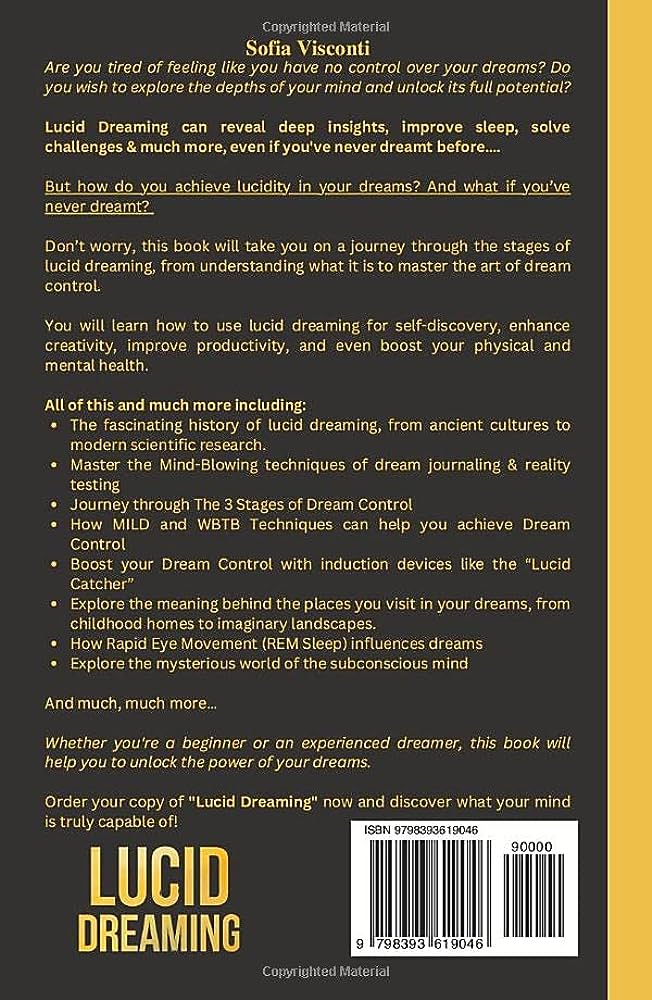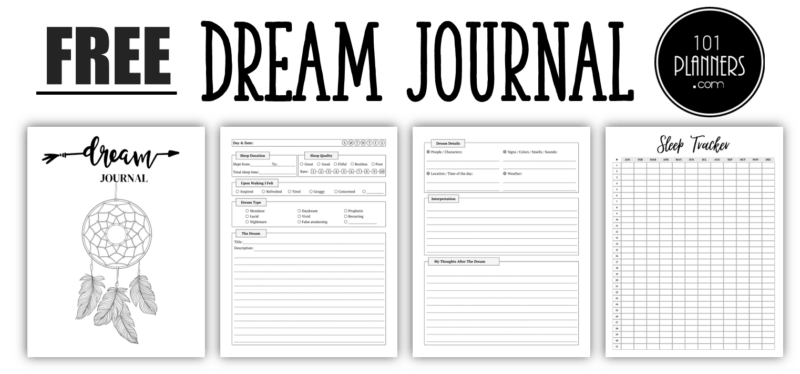Welcome to the fascinating world of dream analysis and the exploration of your subconscious mind. Dreams have intrigued humanity for centuries, offering a window into the depths of our minds, emotions, and desires. In this article, we will embark on a journey to understand the hidden messages and symbols in our dreams, uncovering the transformative potential they hold for personal growth and self-awareness.
Our subconscious mind plays a pivotal role in shaping our dreams, and by delving into these enigmatic realms, we can gain valuable insights into our psyche. Whether you’re a beginner in dream analysis or an experienced explorer, this comprehensive guide will introduce you to various dream analysis techniques, from Freudian and Jungian approaches to lucid dreaming, shamanic practices, and more.
II. Understanding the Subconscious Mind
The subconscious mind is a mysterious realm within us that influences our thoughts, emotions, and behaviors without us even realizing it. It operates below the conscious level, holding a vast reservoir of memories, experiences, and desires. Dreams are a doorway to this realm, providing glimpses of our hidden thoughts and feelings.
Distinction between the conscious and subconscious states lies in their accessibility and control. While we are aware and in control of our conscious thoughts, the subconscious is elusive and can only be accessed through techniques like dream analysis and meditation.
The subconscious mind is deeply entwined with dream formation, and by exploring our dreams, we can unlock valuable insights into our fears, hopes, and unresolved issues.
III. The Science of Dreaming
Dreams are not just random mental images but rather a well-structured and purposeful phenomenon. The scientific study of dreams has revealed various intriguing aspects.
During sleep, our brain goes through different stages, including rapid eye movement (REM) sleep, which is when most dreaming occurs. Dreams often reflect our daily experiences and emotions, consolidating memories and processing emotions.
Many theories attempt to explain the functions and interpretations of dreams, ranging from the Freudian belief in wish fulfillment to more contemporary views, such as the activation-synthesis model.
IV. Keeping a Dream Journal
Keeping a dream journal is a fundamental practice for anyone interested in dream analysis. It serves as a record of your dreams, helping you identify patterns and recurring themes over time.
To start a dream journal, keep a notebook and pen near your bed. Upon waking, jot down any fragments of dreams you can recall, including emotions, symbols, and characters.
As you accumulate entries, review your dream journal periodically to discern recurring symbols or themes, as they often hold significance in your subconscious mind.
V. Freudian Dream Analysis
Sigmund Freud, the father of psychoanalysis, explored the hidden meanings behind dreams and their connection to the unconscious mind. According to Freud, dreams are wish fulfillments, providing a safe outlet for forbidden desires and repressed thoughts.
Freud divided dreams into manifest content (what we remember) and latent content (the hidden meaning). Analyzing these hidden symbols can offer insights into our repressed conflicts and desires.
Techniques like free association and dream interpretation help unravel the complex web of symbols and meanings in the Freudian approach to dream analysis.
VI. Jungian Dream Analysis
Carl Jung, a student of Freud, developed his own unique perspective on dream analysis. He believed that dreams reveal more than just personal experiences and desires; they also tap into the collective unconscious.
Jung identified archetypes—universal symbols and characters that appear across cultures and history—in dreams. Understanding these archetypes can provide profound insights into our personal growth and individuation process.
Jungian dream analysis involves exploring symbols, synchronicities, and themes that can guide us toward self-discovery and integration.
VII. Gestalt Dream Analysis
The Gestalt approach to dream analysis emphasizes the importance of focusing on dream characters, objects, and settings as separate parts that form a unified whole.
In Gestalt therapy, dreams are seen as a reflection of our current emotional state and the unresolved aspects of our lives. Through exploring dream elements, we can gain clarity and closure.
Gestalt techniques, such as the “empty chair” method, allow us to engage in dialogues with dream symbols, deepening our understanding of their meanings and messages.
VIII. Cognitive Dream Analysis
The cognitive approach to dream analysis focuses on understanding the cognitive processes involved in dreaming and how they relate to memory and emotions.
Dream narratives and emotional themes provide valuable clues about our underlying cognitive patterns and attitudes.
Using cognitive techniques, we can uncover hidden meanings in dreams, empowering us to address emotional challenges and foster personal growth.
IX. Lucid Dreaming Techniques
Lucid dreaming is a unique state where the dreamer becomes aware that they are dreaming and can actively participate in and control the dream.
Lucid dreaming offers numerous benefits, such as overcoming nightmares, enhancing creativity, and practicing new skills.
Various techniques, including reality checks, dream journaling, and mnemonic induction, can help individuals develop the ability to lucid dream and harness its potential.
X. Shamanic Dreaming Practices
Shamanic traditions have long recognized the significance of dreams in connecting with the spiritual realm and gaining insights from the divine.
Shamanic dream practices often involve entering altered states of consciousness through drumming, chanting, or plant medicines.
Integrating shamanic techniques into dream analysis can provide profound spiritual experiences and profound personal transformation.
XI. Spiritual and Transpersonal Dream Interpretation
Spiritual dream interpretation goes beyond personal growth and explores the dreams’ connection to spirituality and enlightenment.
Transpersonal psychology views dreams as a gateway to the higher self and collective consciousness.
Techniques like meditation, dream incubation, and intuitive insights can aid in uncovering spiritual meanings within dreams.
XII. Art and Dream Analysis
Artistic expression can be a powerful tool for interpreting dreams. Through art therapy, individuals can explore their dreams through creative means.
Painting, drawing, or sculpting dream symbols can provide new perspectives and insights into their hidden meanings.
Art therapy can serve as a complement to traditional dream analysis techniques, offering a different way to connect with the subconscious mind.
XIII. Active Imagination and Dream Dialogue

Active imagination is a technique that involves engaging in a dialogue with dream symbols or characters, amplifying their meanings.
By immersing oneself in the dream world through active imagination, individuals can gain a deeper understanding of the dream’s significance.
Carl Jung introduced active imagination as a powerful tool for bridging the gap between the conscious and unconscious mind.
XIV. Ethical Considerations in Dream Analysis
While dream analysis can be enlightening, it’s essential to consider ethical implications, especially when sharing dreams with others.
Respecting privacy and obtaining consent from individuals before analyzing their dreams is crucial.
For dreams that involve traumatic experiences or distressing content, it’s vital to handle them with sensitivity and care, considering the potential emotional impact.
XV. Incorporating Dream Wisdom into Daily Life
The true power of dream analysis lies in applying the insights gained from dreams to daily life.
By reflecting on dream messages, individuals can set actionable goals and make positive changes in their lives.
Embracing the transformative potential of dreams can lead to profound personal growth and self-discovery.
XVI. Conclusion
Congratulations on completing this enlightening journey into dream analysis and the exploration of your subconscious mind. Dreams are a gateway to self-discovery, personal growth, and spiritual insights.
By integrating various dream analysis techniques, from Freudian and Jungian perspectives to lucid dreaming and shamanic practices, you can unlock the hidden messages within your dreams and discover the depths of your true self.
Remember, dream exploration is a continuous process. As you delve deeper into your dreams, you will uncover new layers of meaning and understanding, enriching your life with valuable insights and wisdom.
Now, take the knowledge you’ve gained and embark on your journey of self-discovery through the fascinating world of dreams and the subconscious mind!
List of Semantically Similar FAQs
- How can I analyze my dreams to understand my subconscious better?
- What are some popular dream analysis techniques used by psychologists?
- Can dream journals help in identifying recurring dream patterns?
- How do Freudian and Jungian approaches differ in dream interpretation?
- Are there any risks associated with lucid dreaming?
- What are the potential benefits of incorporating shamanic practices into dream exploration?
- How can art and creativity aid in the interpretation of dreams?
- What ethical considerations should I keep in mind while sharing my dreams with others?
- Can dream analysis techniques be u additional hints sed for personal growth and development?
- When should I seek professional help for understanding my dreams and subconscious mind?

Greetings and welcome to my corner of the digital realm! I’m Ethan Harrington, a dedicated and passionate professional in the field of therapy psychology. My journey through the intricate landscapes of the human mind, emotions, and dreams has led me to this point, where I’m excited to share my insights, knowledge, and experiences with you. See this

